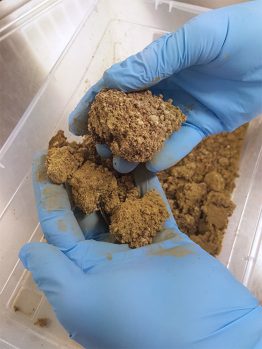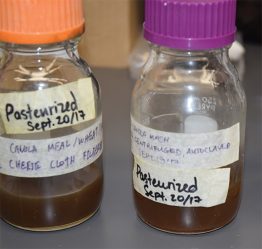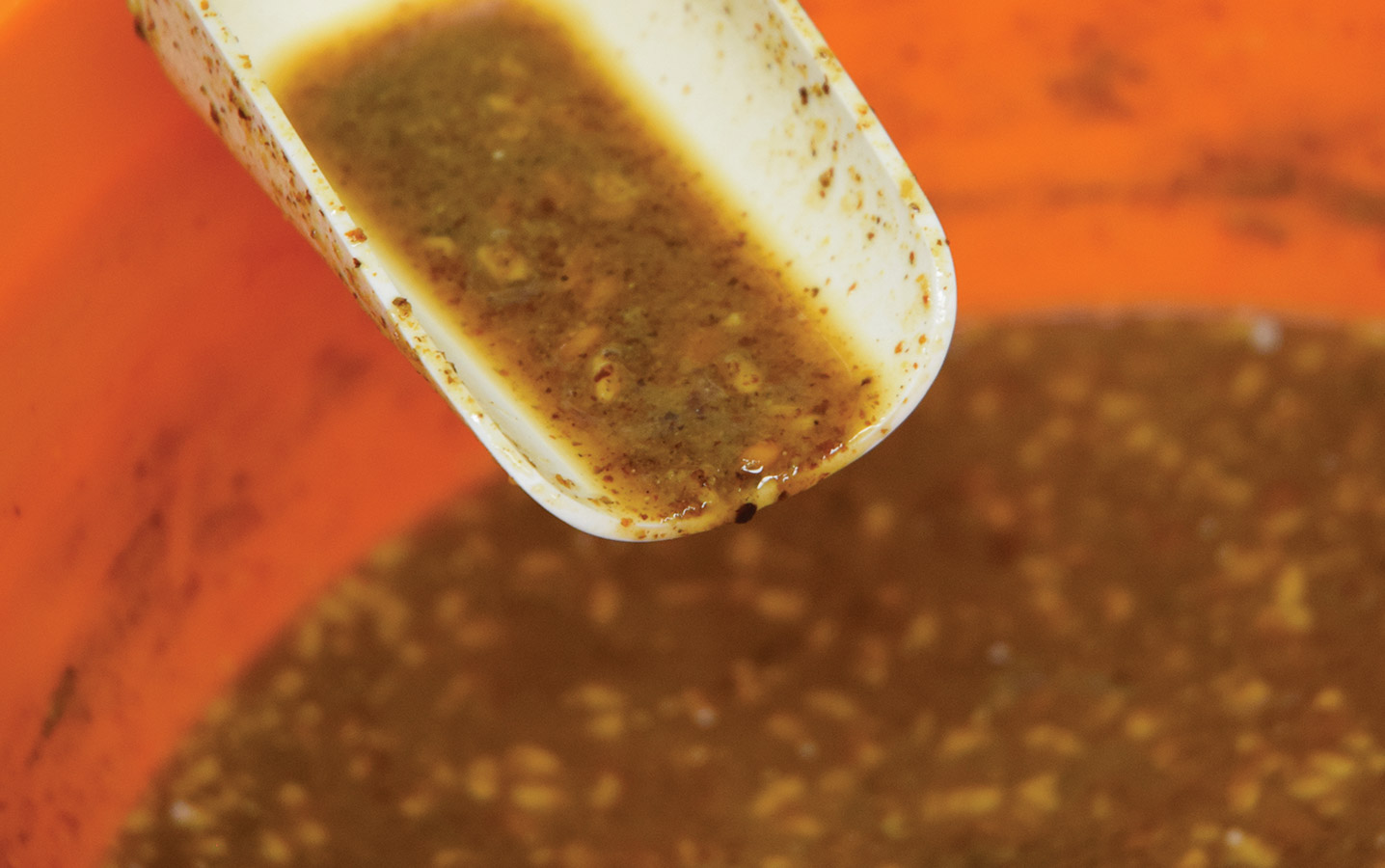Rice is nice with…canola sauce?
Soy sauce was invented in China in 500 B.C., according to the short history at Kikkoman’s website kikkomanusa.com. A thousand years later, a Japanese zen priest, who experienced soy sauce while traveling in China, starting making the sauce in Japan. Over the centuries, modifications to the Japanese process included using wheat in equal proportion to soybeans.
Kikkoman, the famous Japanese soy sauce brand, opened the first commercial soy sauce brewery in Japan in the 1600s. With rising U.S. demand, it launched a processing plant in Wisconsin “in the heart of America’s wheat and soybean country” in 1972.

Paul Holloway, a microbiologist and associate professor at the University of Winnipeg, thought, “We have millions of tonnes of canola meal, why not try canola sauce?”
His study ‘Can we replace soy sauce with canola sauce?’ is one of the few non-agronomy studies to receive funding through the grower-organization-driven Canola Agronomic Research Program (CARP). Over the past year, he and some students have been experimenting on a very small scale using Tupperware tubs and 10-litre pails.
Their procedure is fairly simple. Step one is to create the “koji.” They mix cracked Manitoba wheat 50:50 with canola meal from the Viterra processing plant at Ste. Agathe, Manitoba, then add Aspergillus soyae fungus, which breaks down the meal. To that, they add a little water every day to create the necessary moist environment. After three to five days in a sealed tub, the chunky mass called “koji” is ready.

Holloway’s team produces a few cups of koji per batch. Commercial soy sauce production, he says, uses a long, large, steamy tube to generate large quantities continuously. Ingredients pour in the top and slowly auger through the tube to extrude out the far end as finished koji.
For step two, koji goes into a bucket of salt water (18 per cent salt) along with lactic acid bacteria. (Lactic acid fermentation is also used to make sauerkraut.) This ferments for a minimum of six months.
Through this time, proteins break down into the amino acids that give the sauce its “meaty taste,” Holloway says. In Japan, this brothy taste is considered the fifth flavour – called “umami”. In North America, we’re more familiar with the first four flavours: sweet, salty, sour and bitter.
The final step after fermentation is to strain out the solids. The resulting liquid is canola sauce.

soy sauce.
Holloway and his students review each batch for colour and taste, trying it straight and on rice. Canola sauce, they discovered, is naturally light brown, not the black of soy sauce. They also found it quite salty when taken straight.
“In our informal taste tests, we found that two of our batches of canola sauce were comparable in taste to commercial soy sauce,” Holloway says.
For next steps, Holloway and his team are trying food-grade dyes to darken the sauce and will roast the wheat to see if that enhances the final colour. As for the saltiness, the 18 per cent salt is traditional, providing “a natural preservative” through the fermentation stage. They will experiment with lower-salt brines, but as Holloway says, the two sauces are not that different in a taste test.
The team doesn’t have large quantities of sauce made yet, but Holloway says anyone who sees commercial potential is welcome to take a test sample.





